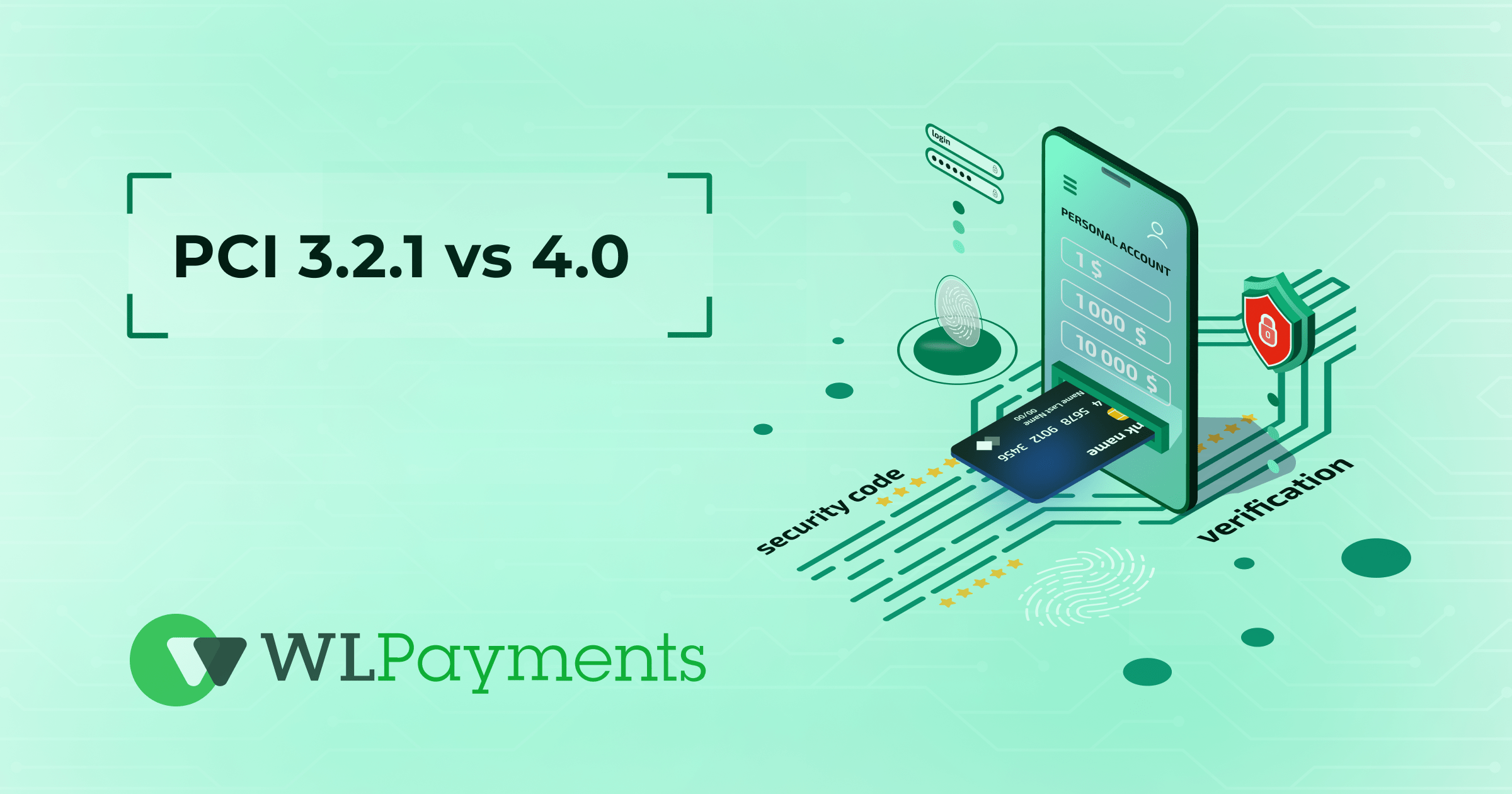
Unlocking the Shift: Comparing PCI DSS 3.2.1 with 4.0 for Enhanced Credit Card Security
Ensuring the security of credit card transactions is a top priority in today’s digital landscape, and the Payment Card Industry Data Security Standard (PCI DSS) plays a crucial role in this endeavour. As we transition from PCI DSS 3.2.1 to 4.0, it is vital to comprehend the significant changes and new expectations. Let’s delve into the key differences between these two versions.
PCI is refocusing on Security Outcomes
Previously, PCI DSS 3.2.1 provided detailed instructions for compliance through specific security controls. However, with PCI DSS 4.0, the emphasis has shifted towards achieving security outcomes. This approach allows businesses greater flexibility in selecting security technologies and methods that best suit their unique environments.
Strengthening Authentication Methods with Multi-Factor authentication
While PCI DSS 3.2.1 introduced multi-factor authentication (MFA) for certain access points, PCI DSS 4.0 expands on this by prioritising secure authentication. It recognises the evolving landscape of authentication methods, aiming to bolster security in credit card transactions.
Embracing PCI Journey for Continuous Security
Unlike its predecessor, compliance with PCI DSS 4.0 is viewed as an ongoing process rather than a one-time assessment. Continuous security and monitoring are encouraged, underlining that compliance is a journey, not merely a destination.
Providing Clarity on Encrypted Data Requirement for PCI
PCI DSS 3.2.1 addressed encrypted cardholder data but needed more guidance on managing it when decryption keys are kept separately. In contrast, PCI DSS 4.0 offers clearer directions for managing encrypted data, highlighting the importance of protection even when decryption capabilities are not readily accessible.
Elevating Vendor PCI Oversight Responsibility
Transitioning to PCI DSS 4.0 places greater responsibility on vendors. They are now urged to maintain detailed descriptions of their cryptographic architecture and exercise stricter oversight on change management processes. This underscores the significance of maintaining a secure environment and ensuring the integrity of cryptographic systems.
Intensifying Focus on Cryptographic Architecture
A significant change in PCI DSS 4.0 is its enhanced focus on cryptographic architecture. While the previous version required organisations to list weak cryptographic algorithms, PCI DSS 4.0 pushes further by advocating for documented descriptions of cryptographic architecture. This holistic approach enables organisations to better understand and protect sensitive data through encryption, decryption, and key management processes.
The transition to PCI DSS 4.0 signifies a move towards a more flexible and outcome-driven framework. Organisations are encouraged to assess their individual risks and implement controls that effectively mitigate them. This adaptive approach ensures that PCI DSS standards remain relevant in the face of evolving technology and payment landscapes.
Understanding the disparities between PCI DSS 3.2.1 and 4.0
As organisations strive for compliance with PCI DSS 4.0, continuous monitoring and prioritisation of cardholder data security are paramount. Understanding the disparities between PCI DSS 3.2.1 and 4.0 empowers organisations to implement necessary measures, safeguard sensitive information, and maintain a secure payment environment.
